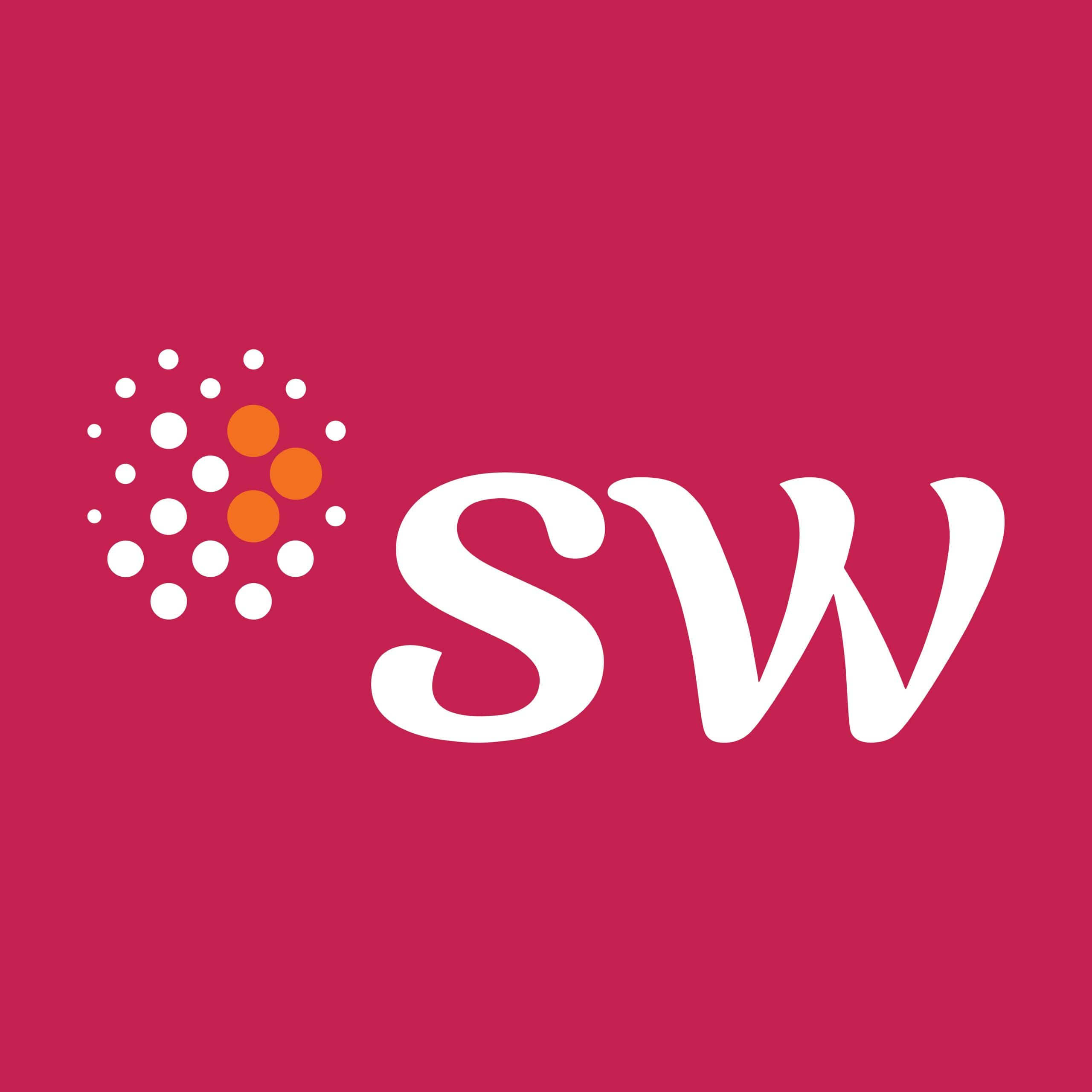Changes in Final Income Tax on Construction Services
Construction services are among one of the type of businesses or activities that are very much needed in supporting the development of the Government or private facilities and infrastructures that have a very important role in supporting economic and social activities in national development. In order to improve the construction business climate to be more conducive, it is necessary to support tax administration policies that favor the construction sector.
Table of Contents
Overview of the Latest Regulation on Income Tax for Construction Services
Some time ago the Government issued the latest regulation regarding Income Tax on Income from the Construction Services business which is regulated in Government Regulation (PP) Number 9 of 2022 which is the second amendment to PP Number 51 of 2008. The second amendment regulates tariff changes as well as the addition of a new class of Final Income Tax on Construction Services business which has been active since the date of promulgation on February 21, 2022.

Changes in Classification, Scope, and Tax Rates
In this regulation, there is a change in the classification and scope of Construction Services as well as a change in the Final Income Tax rate imposed. The implementation of the provisions for Final Income Tax on Construction Services business will be evaluated after 3 (three) fiscal years from the date that PP No. 9 of 2022 was promulgated. Furthermore, based on the results of the evaluation, income from the Construction Services business may be subject to income tax in accordance with the general provisions of Article 17 of the Income Tax Law.
Comparison of Classification, Scope, and Tax Rates: PP No. 51 of 2008 vs. PP No. 9 of 2022
Below is a comparison of the classification, scope of construction services and changes in the final income tax rate according to PP No. 51 of 2008 and PP No. 9 Year 2022:
PP NO 51 of 2008 | PP NO 9 of 2022 | ||
Valid from January 1, 2008 – February 20, 2022 | Valid from February 21, 2022 | ||
CRITERIA | RATES | CRITERIA | RATES |
Planning Services | Construction Consulting for General & Specialist Properties | ||
Have business qualifications | 4% | Have a Business Entity Certificate or Work Competency Certificate for individual businesses | 3,5% |
Do not have business qualifications | 4% | Do not have a Business Entity Certificate or Small Qualification Certificate or Work Competency Certificate for individual businesses | 6% |
Construction Implementation Services | General & Specialist Construction Works | ||
Have a small business qualification | 2% | Have a Small Qualified Business Entity Certificate or Work Competency Certificate for individual business | 1,75% |
Have a medium/large business qualification | 3% | Do not have a Business Entity Certificate or Work Competency Certificate for individual business | 4% |
No business qualifications | 4% | For the provision of services other than number 1&2 | 2,65% |
Construction Supervision Services | Integrated Construction Works | ||
Have business qualifications | 4% | Have a Business Entity Certificate | 2,65% |
No business qualifications | 6% | Do not have a Business Entity Certificate | 4% |
Explanation of “Business Entity Certificate” and “Work Competency Certificate”
The “Business Entity Certificate” in the table above is the evidence of recognition of the classification and qualification of the construction services business capability including the results of the equalization of foreign construction services capabilities issued by:
- A Business Entity Certification Agency established by an Association of Business Entities accredited by the Ministry of Public Works and Public Housing, and recorded by a Construction Services Development Agency;
- A Business Entity Certification Agency that has been accredited by the minister who carries out Government affairs in the energy and mineral resources sector; or
- Minister in charge of Government affairs in the field of energy and mineral resources.
In addition, the “Work Competency Certificate” for individual business is the evidence of recognition of the competence of construction workers issued by the Professional Certification Institute and recorded by the Construction Services Development Agency.
***
If you require assistance navigating the complexities of income tax in the corporate construction services industry, look no further than SW Indonesia. Our team of experts specializes in providing comprehensive tax advisory and compliance solutions tailored to your business needs. With our deep understanding of the construction sector and extensive knowledge of income tax regulations, we can guide you through the process, ensuring compliance and optimizing your tax strategies. Contact SW Indonesia today at +62 2993 2132 or email us at [email protected] and let us help you unlock the full potential of your business while effectively managing your income tax obligations.
